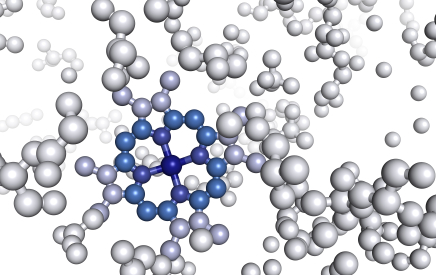Exploring Prediction of Antimicrobial Resistance Based on Protein Solvent Accessibility Variation
Antimicrobial resistance (AMR) is a significant and growing public health threat. Sequencing of bacterial isolates is becoming more common, and therefore automatic identification of resistant bacterial strains is of pivotal importance for efficient, wide-spread AMR detection. To support this approach, several AMR databases and gene identification algorithms have been recently developed. A key problem in AMR detection, however, is the need for computational approaches detecting potential novel AMR genes or variants, which are not included in the reference databases. Toward this direction, here we study the relation between AMR and relative solvent accessibility (RSA) of protein variants from an in silico perspective. We show how known AMR protein variants tend to correspond to exposed residues, while on the contrary their susceptible counterparts tend to be buried.
AMR NEWS
Your Biweekly Source for Global AMR Insights!
Stay informed with the essential newsletter that brings together all the latest One Health news on antimicrobial resistance. Delivered straight to your inbox every two weeks, AMR NEWS provides a curated selection of international insights, key publications, and the latest updates in the fight against AMR.
Don’t miss out on staying ahead in the global AMR movement—subscribe now!







